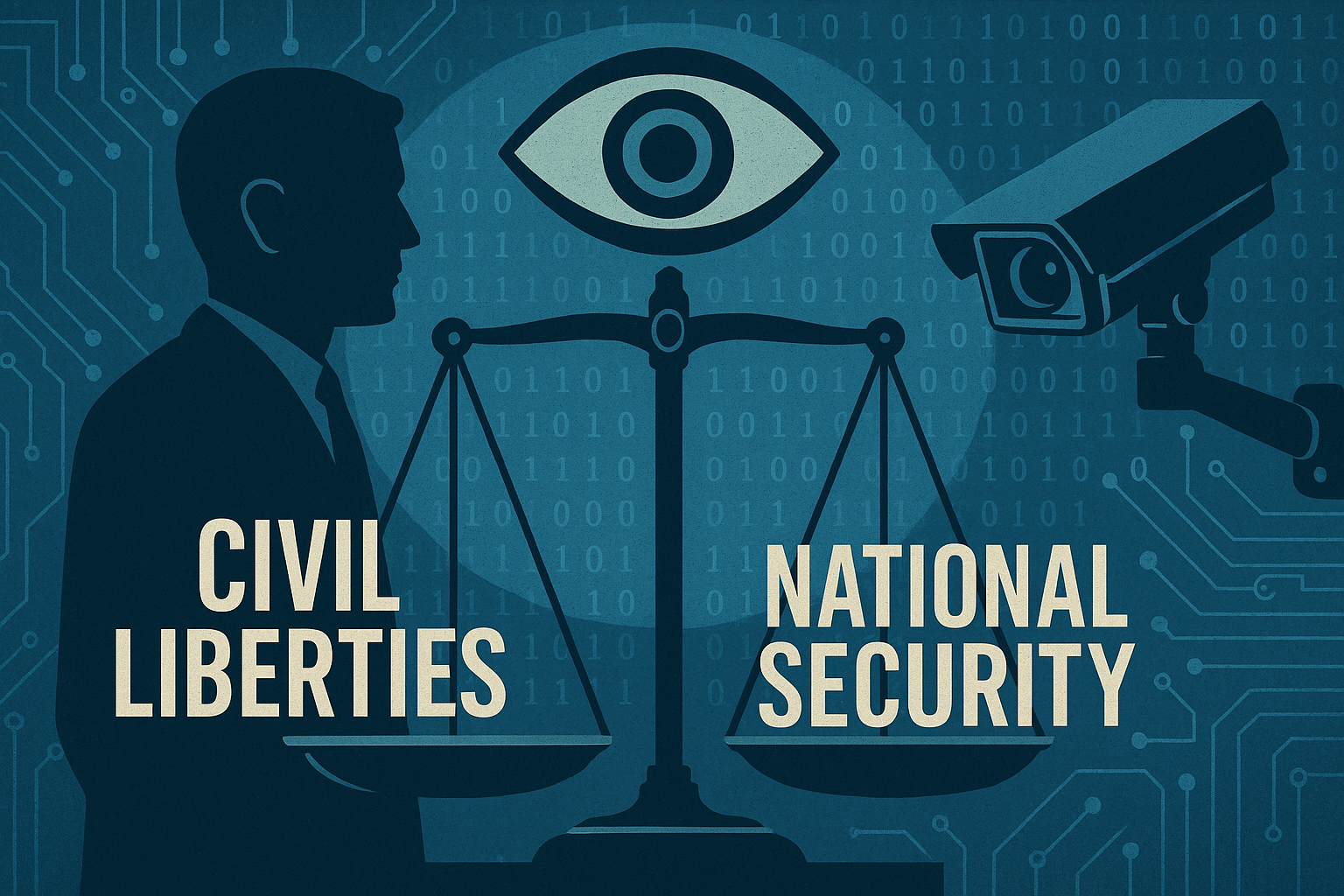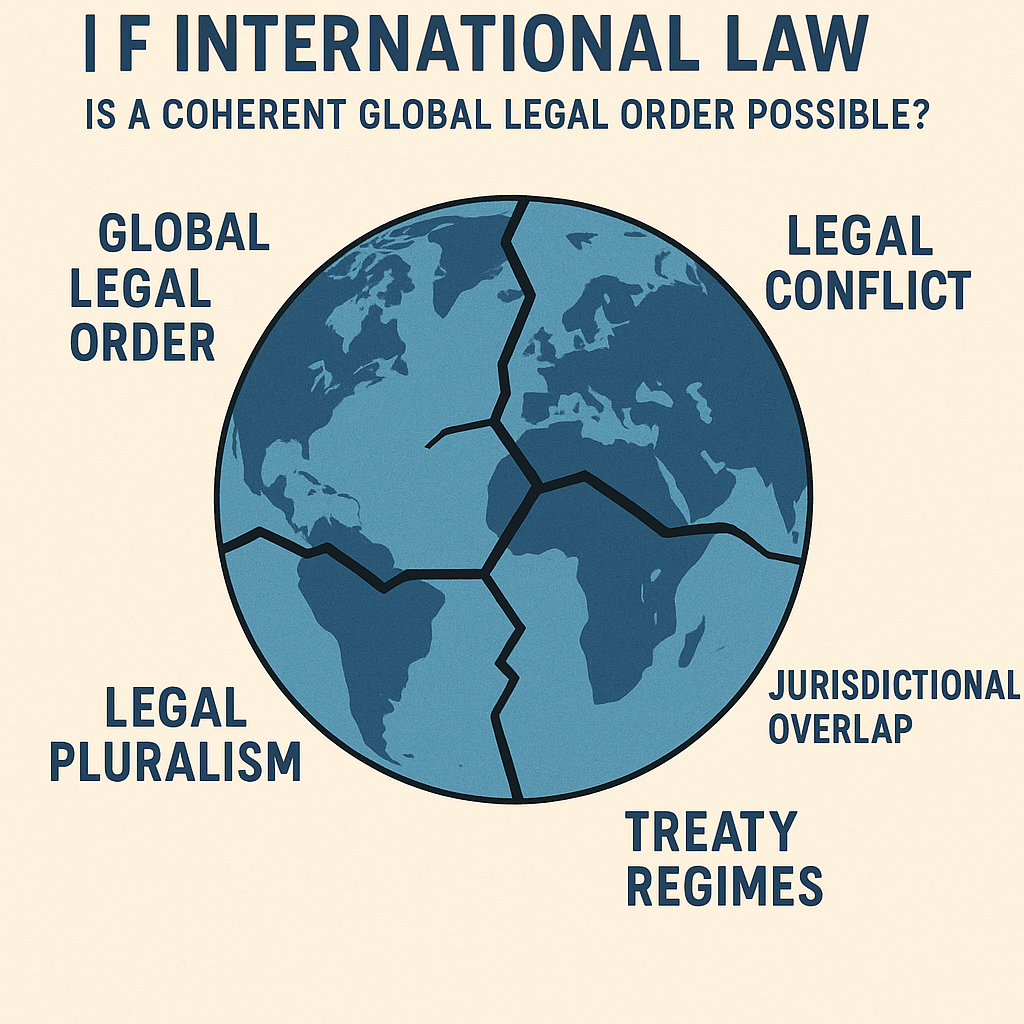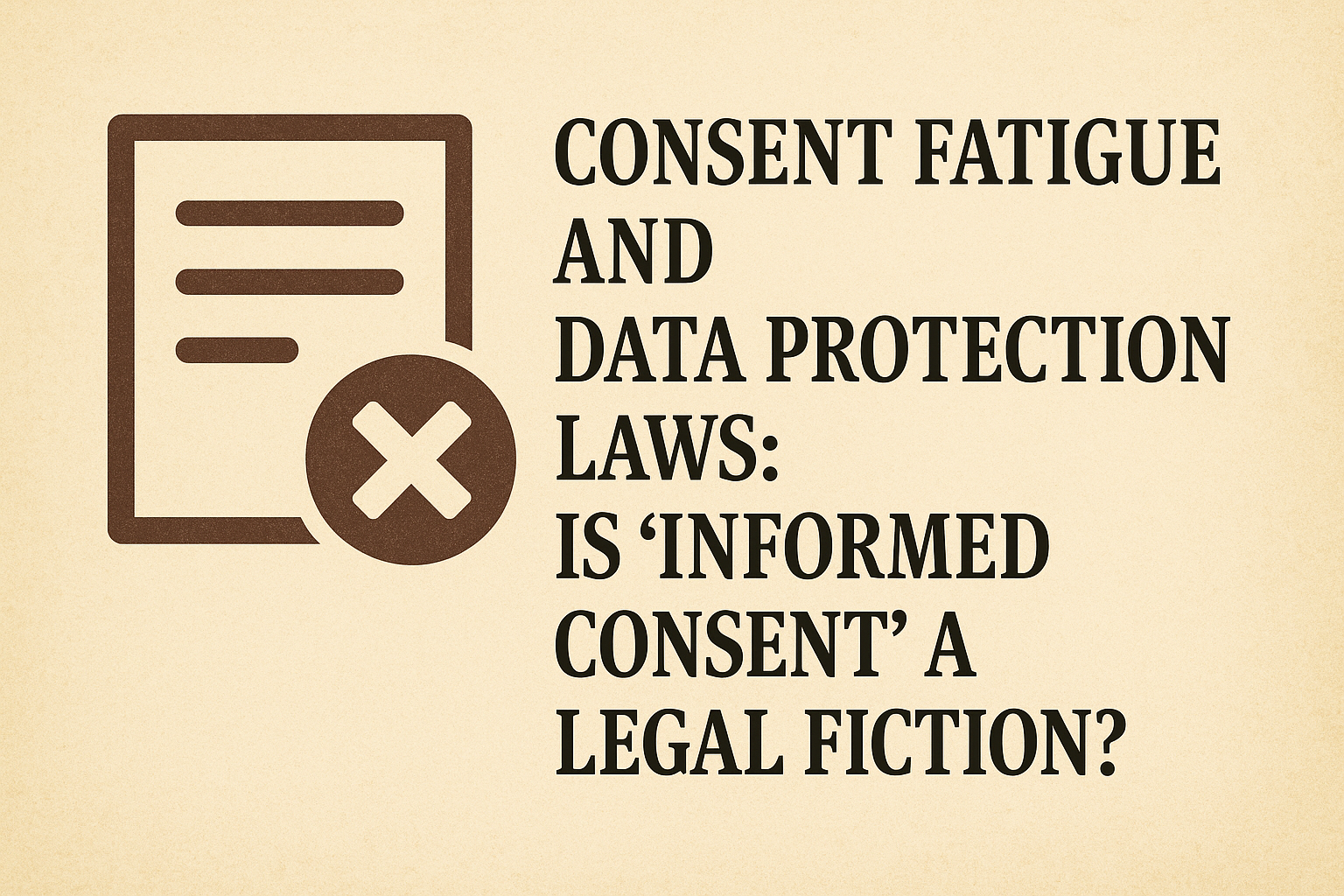Synchronizing
the Ballot: Can India Afford One Nation, One Election.
In recent years, the idea of “One Nation, One
Election” has gathered significant momentum in India’s political discourse. The
concept proposes synchronizing the elections for the Lok Sabha (Parliament) and
all State Legislative Assemblies, replacing the current cycle where elections
occur almost every year in various states. While its proponents claim it would
enhance governance, reduce electoral expenditure, and ensure policy continuity,
critics warn it may undermine the federal structure, distort the democratic
process, and present serious logistical and constitutional challenges. The
question remains — can India truly afford this ambitious reform?
Understanding
the Concept
The idea of simultaneous elections is not entirely
new to India. After the first general elections in 1951-52, both Lok Sabha and
state assemblies held elections simultaneously until 1967. However, due to
premature dissolutions of assemblies and political instability, the electoral
cycles gradually diverged. Now, elections happen almost every year in some part
of the country, consuming administrative attention and financial resources.
The renewed push for simultaneous elections stems
from the belief that frequent elections hinder governance due to the imposition
of the Model Code of Conduct (MCC), which restricts new policy announcements
and development work during election periods.
The Arguments in Favour
- Cost
Efficiency:
Holding simultaneous elections would significantly reduce the expenditure incurred by the Election Commission of India and state governments. India spent over ₹60,000 crore in the 2019 general elections alone, with similar amounts spent on multiple state elections over the years. - Governance
Stability:
The MCC often brings government functioning to a halt during election time. One common election cycle could allow uninterrupted governance, enabling long-term policy planning and execution. - Reduced
Political Polarization:
Frequent elections keep political parties in perpetual campaign mode, diverting attention from governance to populist measures. A single election could reduce this and promote a more development-oriented political narrative. - Increased
Voter Participation:
A consolidated voting process may encourage higher voter turnout, especially in rural and underdeveloped areas where election fatigue can suppress participation.
The Concerns and Criticisms
- Constitutional
and Legal Hurdles:
Implementing simultaneous elections would require amending multiple provisions of the Constitution — including Articles 83, 172, 174, and 356 — and possibly changes to the Representation of the People Act, 1951. Additionally, managing the tenure of existing assemblies and Parliament would be complex. - Federalism
at Risk:
One major criticism is that the scheme may dilute India’s federal spirit. States, which have independent mandates and timelines, might be forced to align with the central schedule, reducing their autonomy and relevance. - Logistical
Nightmare:
Conducting elections for over 500 Lok Sabha seats and more than 4,000 assembly constituencies simultaneously would demand enormous manpower, EVMs/VVPATs, and security forces — likely far beyond current capabilities. - Voter
Behaviour Distortion:
Political scientists argue that simultaneous elections may result in a "national sweep effect", where national issues overshadow state-specific concerns. This could benefit larger national parties at the expense of regional voices, affecting electoral fairness. - Mid-Term
Dissolutions Dilemma:
In case a state government falls mid-term, would the state go under President’s Rule until the next general election? Or will it hold a separate election, defeating the purpose of synchronization? The answers remain unclear and problematic.
Expert
Opinions and Committee Reports
The Law Commission in its 170th and 255th reports,
as well as the Parliamentary Standing Committee in 2015, have examined this
issue. While they acknowledged the theoretical benefits, they also emphasized
the practical and constitutional difficulties in achieving synchronization
without compromising democratic norms.
In 2023, the Union government set up a High-Level
Committee led by former President Ram Nath Kovind to examine the
feasibility of One Nation, One Election. However, its recommendations are
awaited, and any move forward would require wide political consensus, which
currently appears elusive.
Conclusion
“Synchronizing the ballot” may sound appealing in
terms of cost-saving and efficiency, but the price may be far higher in
constitutional, logistical, and democratic terms. While electoral reform is
essential, particularly to reduce the burden of frequent elections, it must be
balanced against the core principles of India’s federal democracy and electoral
fairness.
Instead of rushing into a centralized electoral
calendar, a cautious, consensus-driven, and constitutionally sound path is
crucial. Until then, the dream of “One Nation, One Election” remains more of a
political slogan than a practical solution.








